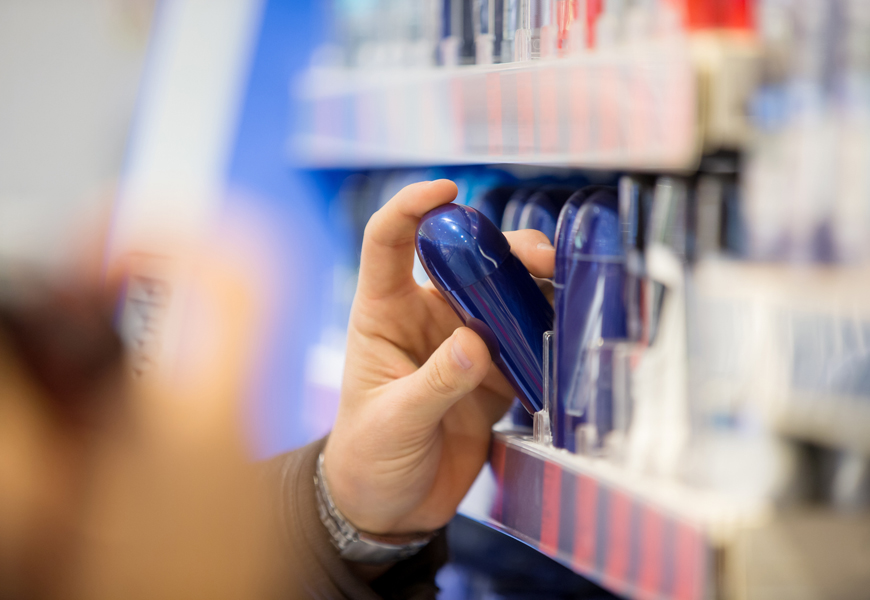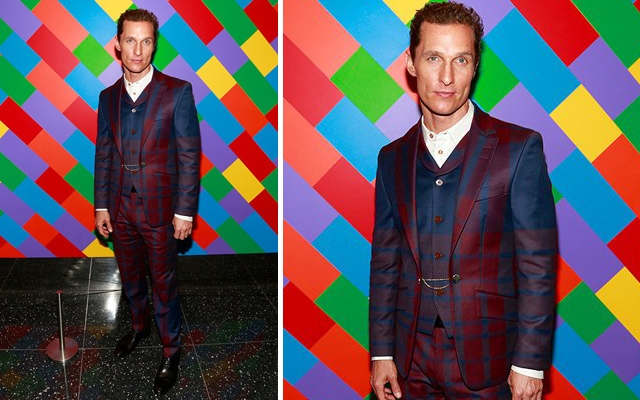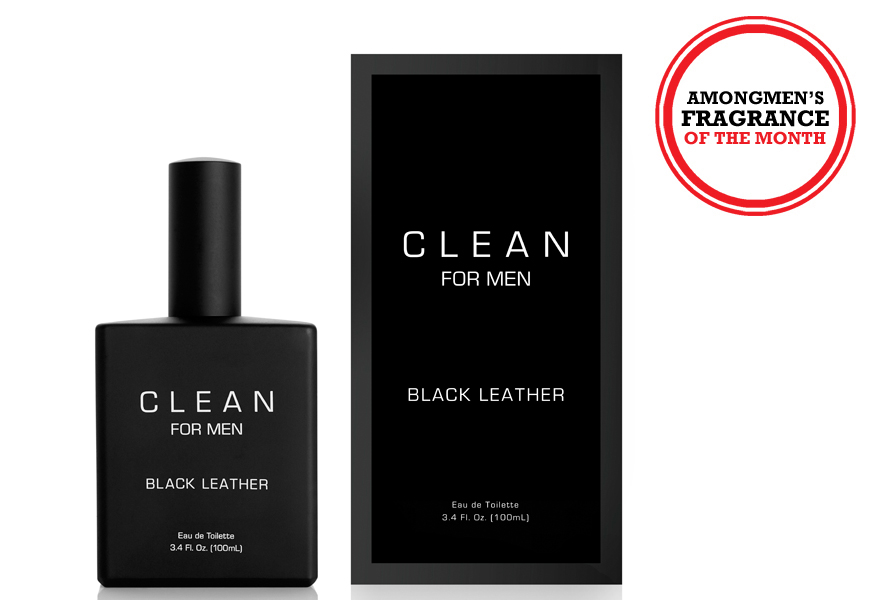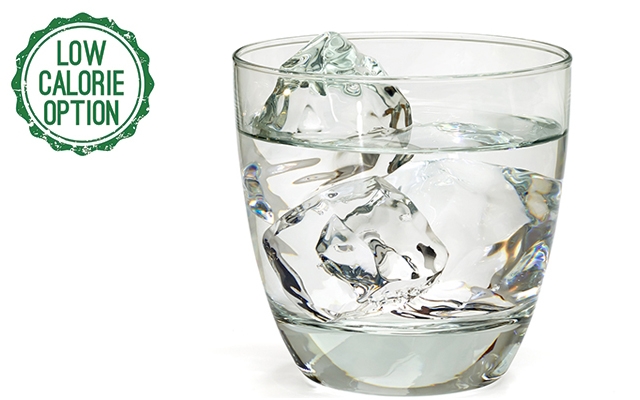If you think the labels on your skincare products can sometimes read like a whole bunch of mumbo jumbo, you’re not alone. The marketing buzzwords that can accompany what should be straightforward descriptors on your favourite jar of face cream or tube of face and beard cleanser can be confusing. So we asked David Petrillo, a cosmetic chemist and CEO and founder of the Nevada-based skincare company Perfect Imageto define some of the most popular terms.
Patented Technology
This is a marketing term used to provide a sense that you the consumer are buying something that is highly innovative. “But patents aren’t necessarily a sure-fire sign that something is ground-breaking,” says Petrillo. “Patents are sometimes authorized based on a technical change rather than a scientific breakthrough meaning new combinations of ingredients or methods of production can be promoted as being ‘patented technology.’”
Maximum Strength
You’ve most likely seen this descriptor on your skin cleansers and moisturizers. But really, what would be a better word is: strong or effective or even, big impact. Using “maximum strength” is fairly ambiguous because “how do you know what the maximum strength entails or how the product benefits their skin more than the competition,” says Petrillo.
Clinical Strength
From painkillers to hydrating serums, companies love to highlight how their products are “clinical strength,” says Petrillo. In some cases, a product claiming to feature clinical strength may be true, as it may have been tested by doctors; in other instances, maybe not. “Remember,” adds Petrillo. “Anything that really is maximum strength or clinical strength is often regulated to a prescription.”
FDA Cleared
Did you know that when a product is FDA Cleared or FDA Approved that it is not validating the product’s superiority or propensity for results? Rather, it’s just a clearance stipulating that the shave cream or face balm is safe to be sold and used in the exact manner as its label describes. “The FDA has different protocols for skincare products that make cosmetic claims as opposed to those that make more medical claims, such as promising to increase the production of collagen in the skin,” explain Petrillo. “Since that is a body function, the FDA treats those differently than normal skincare products.”
Hydrating
Word like hydrating and moisturizing are often used interchangeably, but this perception can be inaccurate. “If you want to hydrate your skin, this means you have skin that has become dull and possibly dry, so you need a humectant such as hyaluronic acid or glycerin to draw water to the cells,” says Petrillo. “If you need to moisturize your skin, you need a moisturizer that seals water in to prevent water loss.” Considering face and body creams are a dime a dozen these days, take a minute to really read the product label and make sure it’s applicable for your needs.
Glass Skin
Typically used in women’s skin care, this buzzy term has recently begun to cross over into men’s products as well. It’s typically used to describe the effect of Korean beauty (K-beauty) products, which can make the skin look hydrated, luminous and smooth. “Usually, because all those adjectives entail different steps in a beauty or grooming routine, one needs several products to achieve this look, including an exfoliator, a serum and a humectant,” says Petrillo. “But more and more, single products are claiming to bring about this effect,” which isn’t necessarily accurate. Think about it. Can one product really do everything from hydration and brightening to exfoliating and plumping? Not so much.












